Discover 11 hidden attractions, cool sights, and unusual things to do in Kashihara (Japan). Don't miss out on these must-see attractions: Mount Amanokagu, The Museum, and Mount Miminashi. Also, be sure to include Imanishi family's House in your itinerary.
Below, you can find the list of the most amazing places you should visit in Kashihara (Nara).
Table of Contents
Mount Amanokagu
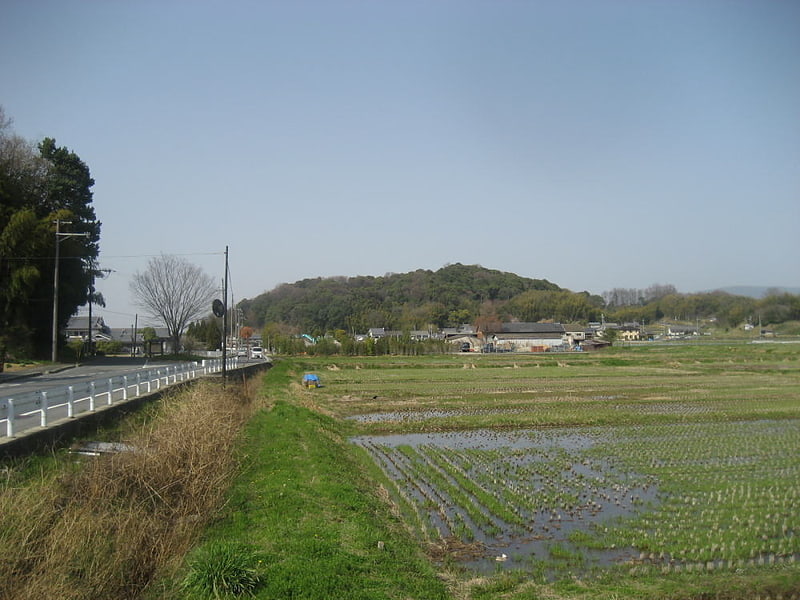
Mount Amanokagu is a mountain in the city of Kashihara, in the central-western part Nara Prefecture, Japan. Together with Mount Unebi and Mount Miminashi, it belongs to the so-called "Yamato Sanzan". It is at the end of Ryumon Mountains that continues from Mount Tatake in comparison to the other two mountains being a sole peak.[1]
The Museum
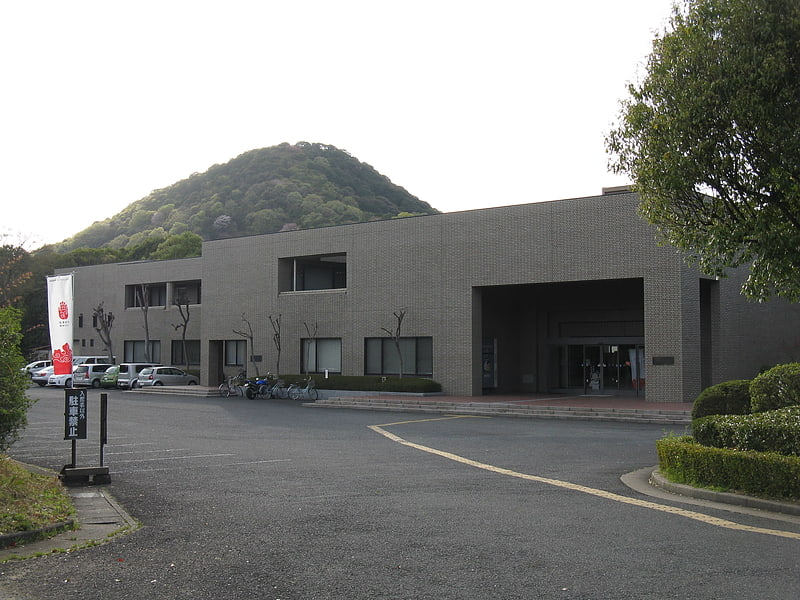
Also known as: 奈良県立橿原考古学研究所
Museum in Kashihara, Japan. The Museum, Archaeological Institute of Kashihara, Nara Prefecture first opened under another name in Kashihara, Nara Prefecture, Japan, in 1940. The collection includes artefacts excavated from Fujinoki Kofun that have been designated a National Treasure. In addition to the permanent display, there are two special exhibitions each year, in spring and autumn.[2]
Mount Miminashi
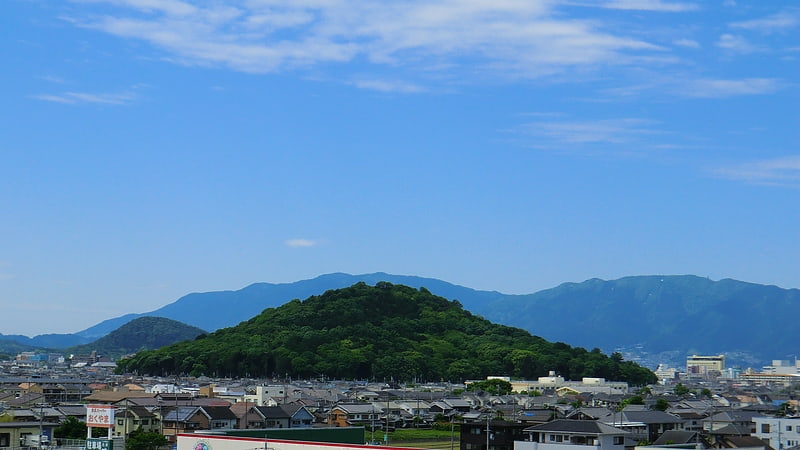
Mount Miminashi is a mountain located in the Nara Basin, in the city of Kashihara, in the central-western part Nara Prefecture, Japan. Together with Mount Unebi and Mount Amanokagu, it belongs to the so-called "Yamato Sanzan".[3]
Imanishi family's House
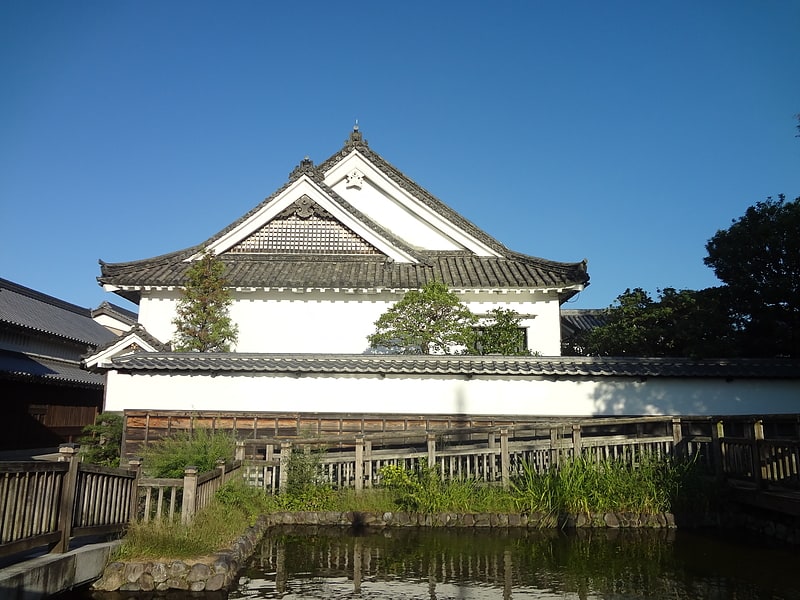
Also known as: 今西家住宅
Historical landmark in Kashihara, Japan. The Imanishi Family Residence is one of a Group of Traditional Buildings in Imai-cho, Kashihara, Nara Prefecture Japan. It dates to 1650 and has been designated an Important Cultural Property.
As well as being the minka or machiya of the Imanishi family, it served as the jinya, or centre and court, of Imai, then an autonomous town.
Its roof is made in the form of "yatsumune-zukuri" (八棟造), which means "complicated roof style with multiple ridges and bargeboards".[4]
Kashihara Shrine
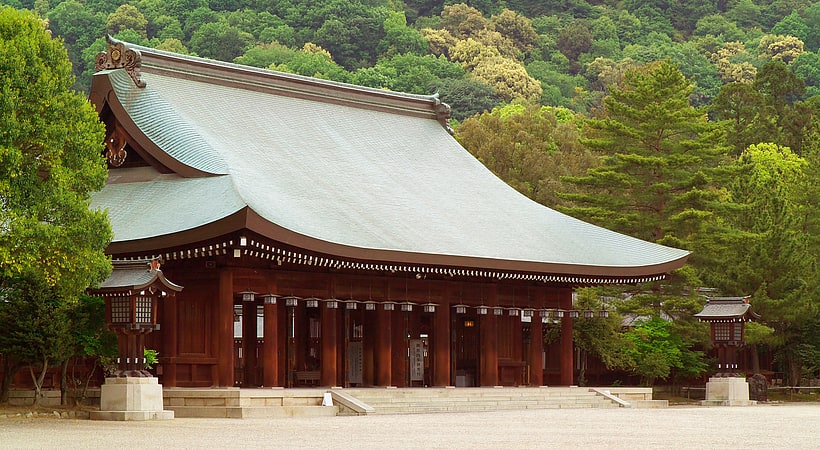
Also known as: 橿原神宮
Shinto shrine in Kashihara, Japan. The Kashihara Shrine is a Shinto shrine located in the city of Kashihara, Nara Prefecture, Japan. The Shrine was built in 2 April 1890 at the site of the Kashihara-gū, where Japan's first Emperor, Emperor Jimmu, is said to have acceded to the throne on 11 February 660 BCE.[5]
Address: 934 Kumecho, 634-0063 Kashihara
Yamato Sanzan
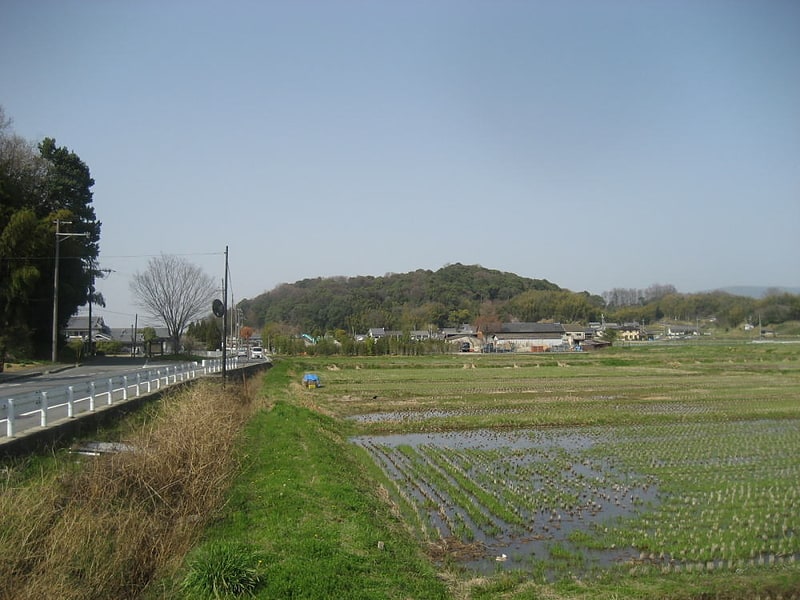
Also known as: 大和三山
Mountain in Japan. Yamato Sanzan or "the three mountains of Yamato", in Kashihara, Nara Prefecture, Japan, are Mount Amanokagu, Mount Unebi, and Mount Miminashi. Celebrated in Japanese poetry, they have been jointly designated a Place of Scenic Beauty. Jimmu, first Emperor of Japan, is said to have built his palace on the southeast side of Mt Unebi; he is enshrined at Kashihara Jingū. Archaeological study in the 1990s has shown that, rather than their surrounding Fujiwara-kyō on three sides, the "palace-city" was so large as to encompass the three mountains.[6]
Mount Unebi
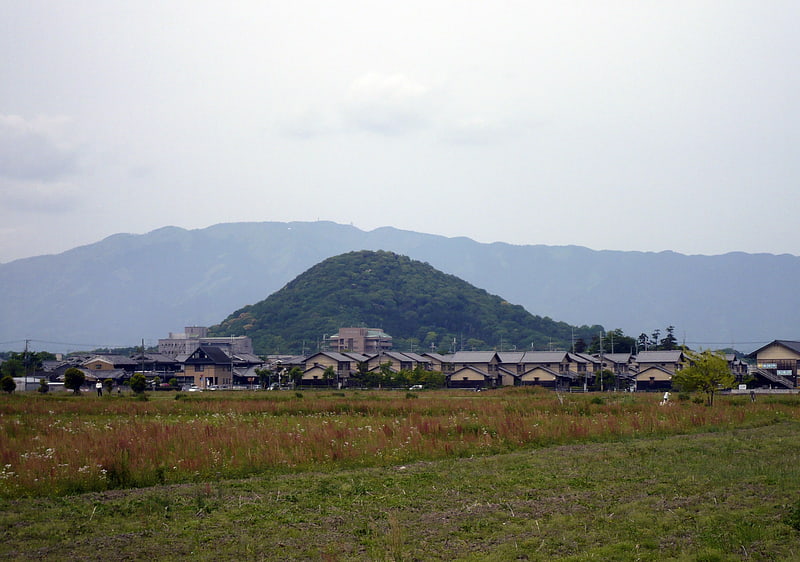
Mount Unebi is a mountain in the city of Kashihara, in the central-western part Nara Prefecture, Japan. Together with Mount Amanokagu and Mount Miminashi, it belongs to the so-called "Yamato Sanzan", in which it is the highest. At the foot of the mountain are gneiss new rocks, and part of the middle slope and higher are biotite and andesite. At the top is a funnel of an extinct crater.[7]
Yamada-dera
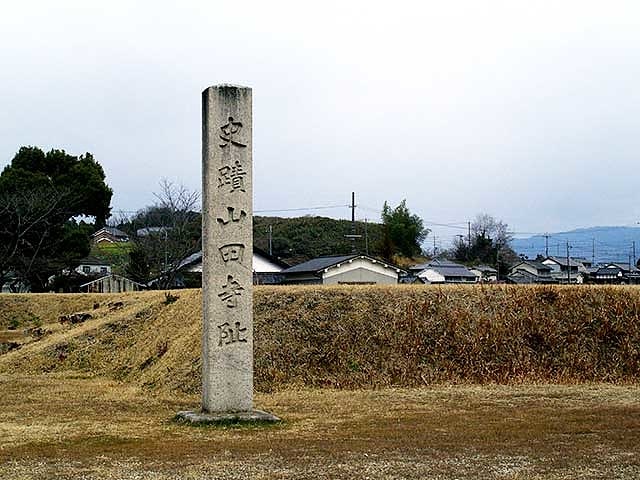
Also known as: 山田寺
Yamada-dera was a Buddhist temple established in the Asuka period in Sakurai, Nara Prefecture, Japan. The area has been designated a Special Historic Site and forms part of a grouping of sites submitted in 2007 for future inscription on the UNESCO World Heritage List: Asuka-Fujiwara: Archaeological sites of Japan’s Ancient Capitals and Related Properties. Excavations in the 1980s uncovered a well-preserved section of the temple's covered corridors that predate the surviving buildings of Hōryū-ji: "for the history of Japanese architecture, this discovery is of as great moment as the finding of the seventh-century Takamatsuzuka tomb paintings in March 1972 was for the history of Japanese art."[8]
Yamatotakada

Also known as: 大和高田市
City in Japan. Yamatotakada is a city located in Nara Prefecture, Japan. As of April 1, 2017, the city had an estimated population of 66,400 and 29,713 households. The population density is 4,000 persons per km², and the total area is 16.48 km².
The city continues to develop as a local business and government center in the center of Nara Prefecture.[9]
Yagi

Yagi is a part of Kashihara, located in Nara, Japan.
According to ancient texts (Nihonshoki and Kojiki), Yagi has a significant place in Japan's history. The first emperor, Emperor Jimmu, journeyed from Miyazaki Prefecture to Kashihara, making his way through the Yoshino mountains and eventually choosing the east side of Mount Unebi (2 kilometres from central Yagi) for his palace site. However, before securing the Unebi location, the armies of Emperor Jimmu were caught up in battle. Hopelessly outnumbered, legend has it that Jimmu's army was saved when a golden kite swept down from the sky and landed on the tip of Jimmu's bow. The kite then shot out a beam of light toward the enemy, blinding them and causing them to retreat. In central Yagi, a 'Golden Kite' monument has been erected to commemorate Jimmu's legendary feat.
The Yamato-Yagi Station is a large Kintetsu train station serving Yagi, with express lines to downtown Osaka (40 minutes), Kyoto (1 hour) and Nara city (20 minutes). A large percentage of Yagi's population work in these neighboring cities. Yagi has a considerable foreign population made up of English language teachers and Peruvian factory workers.
Yagi is Kashihara's entertainment district, and is famous for its abundance of pachinko parlours and Izakaya bars.[10]
Nara Medical University
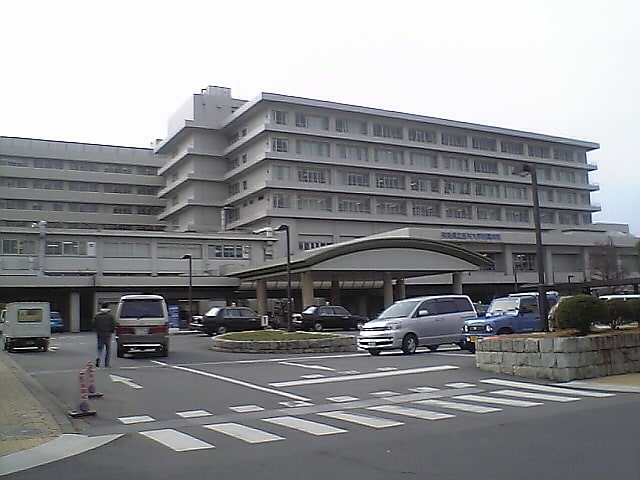
Also known as: 奈良県立医科大学
Public university in Kashihara, Japan. Nara Medical University is a public university in Kashihara, Nara, Japan. The predecessor of the university, Nara Medical College, was founded in April 1945.[11]